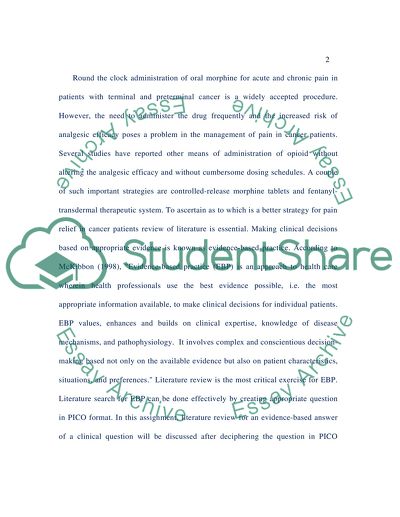Cite this document
(“Patients with terminal and preterminal cancer- Evidence Based Practice Assignment”, n.d.)
Retrieved from https://studentshare.org/nursing/1425145-patients-with-terminal-and-preterminal-cancer-evidence-based-practice
Retrieved from https://studentshare.org/nursing/1425145-patients-with-terminal-and-preterminal-cancer-evidence-based-practice
(Patients With Terminal and Preterminal Cancer- Evidence Based Practice Assignment)
https://studentshare.org/nursing/1425145-patients-with-terminal-and-preterminal-cancer-evidence-based-practice.
https://studentshare.org/nursing/1425145-patients-with-terminal-and-preterminal-cancer-evidence-based-practice.
“Patients With Terminal and Preterminal Cancer- Evidence Based Practice Assignment”, n.d. https://studentshare.org/nursing/1425145-patients-with-terminal-and-preterminal-cancer-evidence-based-practice.


